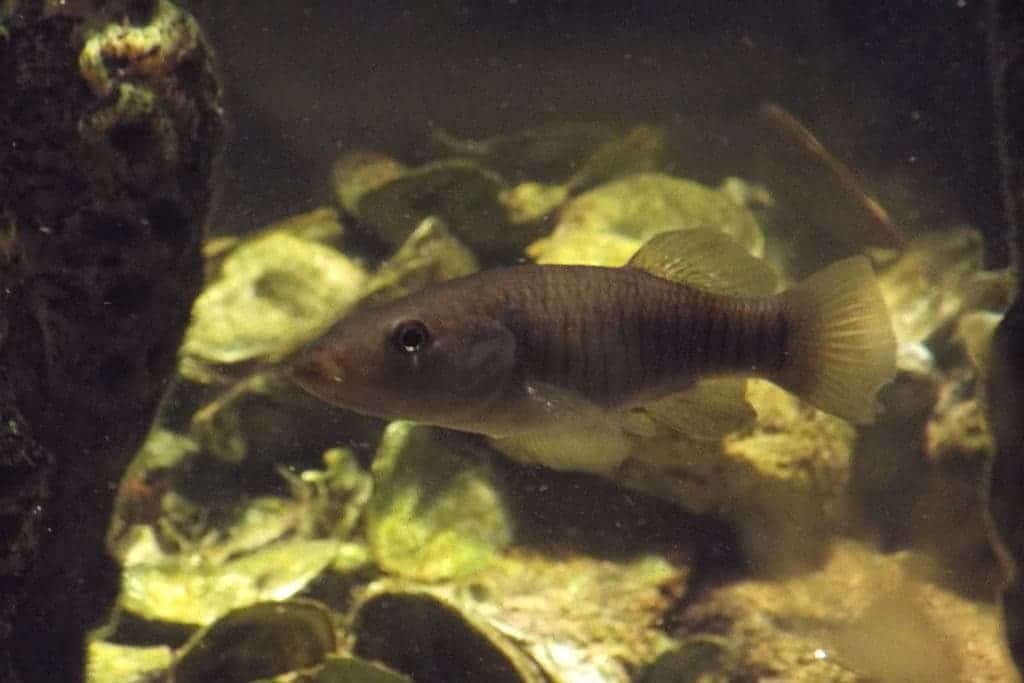
Where humans congregate, pollution is bound to happen. Often, it’s coastlines and freshwater sources that receive the lion’s share of man-made sludge, toxic chemicals, and garbage. As a result, wildlife suffers, with many individuals getting killed as a result of ingesting microplastics or toxic chemicals. But while many species are threatened by pollution, some have learned to thrive despite it.
Killifish X
Killifish or minnows are abundant in the waterways and marshes along the Atlantic coast. There are some 1270 different species of killifish and they’re often used by biologists as a proxy to gauge ecosystem health because they’re hyper sensitive to pollution.
Usually, killifish stay away from contaminated waters, but not around New Bedford Harbor in Massachusetts, Newark Bay in New Jersey, the Bridgeport area of Connecticut, and the Elizabeth River in Virginia. From these four locations, researchers at the University of California, Davis, collected 400 individuals which looked pretty healthy despite they were swimming in waters with up to 8,000 times the lethal dose of toxic pollution. Some of these sites have been heavily contaminated with dioxins, PCBs or mercury since the 1950s.
When the researchers compared the genomes of the toxic chemical-immune killifish to those sequenced from killifish swimming in unpolluted waters, they found they were dealing with a mutant population.
The killifish which swam in mercury-ridden waters all had mutations that switched off molecular pathways that cause cell damage when interacting with toxic chemicals. These mutations were also found in some fish collected from unpolluted waters, but the mutants were far less common in these populations.
The study published in Science suggest that the killifish is a success story, managing to adapt very quickly to stressful conditions. That’s not to say that its model can be easily replicated by other species.
“Some people will see this as a positive and think, ‘Hey, species can evolve in response to what we’re doing to the environment!'” said lead author Andrew Whitehead, associate professor in the UC Davis Department of Environmental Toxicology. “Unfortunately, most species we care about preserving probably can’t adapt to these rapid changes because they don’t have the high levels of genetic variation that allow them to evolve quickly.”
First of all, the mutations that allow the killifish to tolerate polluted waters was already present in its populations. It’s just that those mutant killifish reproduced far more successfully, in time dominating the local populations in contaminated sites because of their evolutionary edge. And even so, there’s a price to pay: loss of genetic diversity. In contaminated areas, only the mutants thrive but in time if they face some other immediate change in the environment, the killifish might not be this successful anymore.
“If we know the kinds of genes that can confer sensitivity in another vertebrate animal like us, perhaps we can understand how different humans, with their own mutations in these important genes, might react to these chemicals,” Whitehead said.


